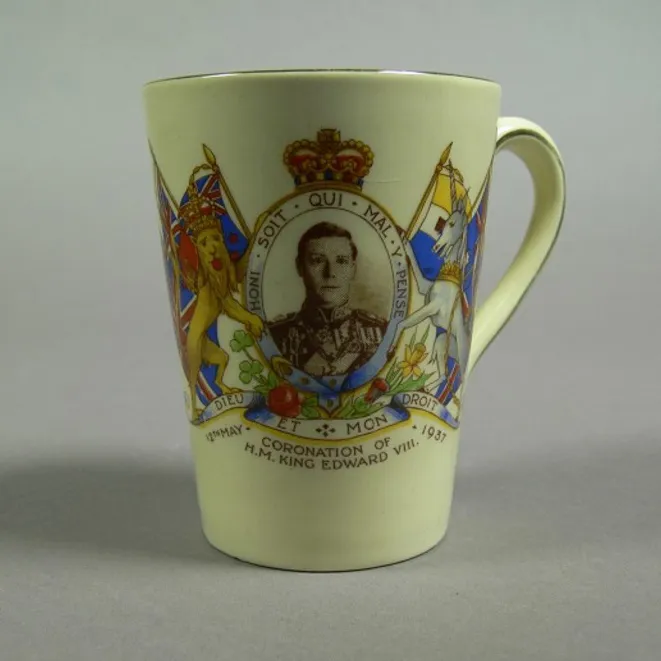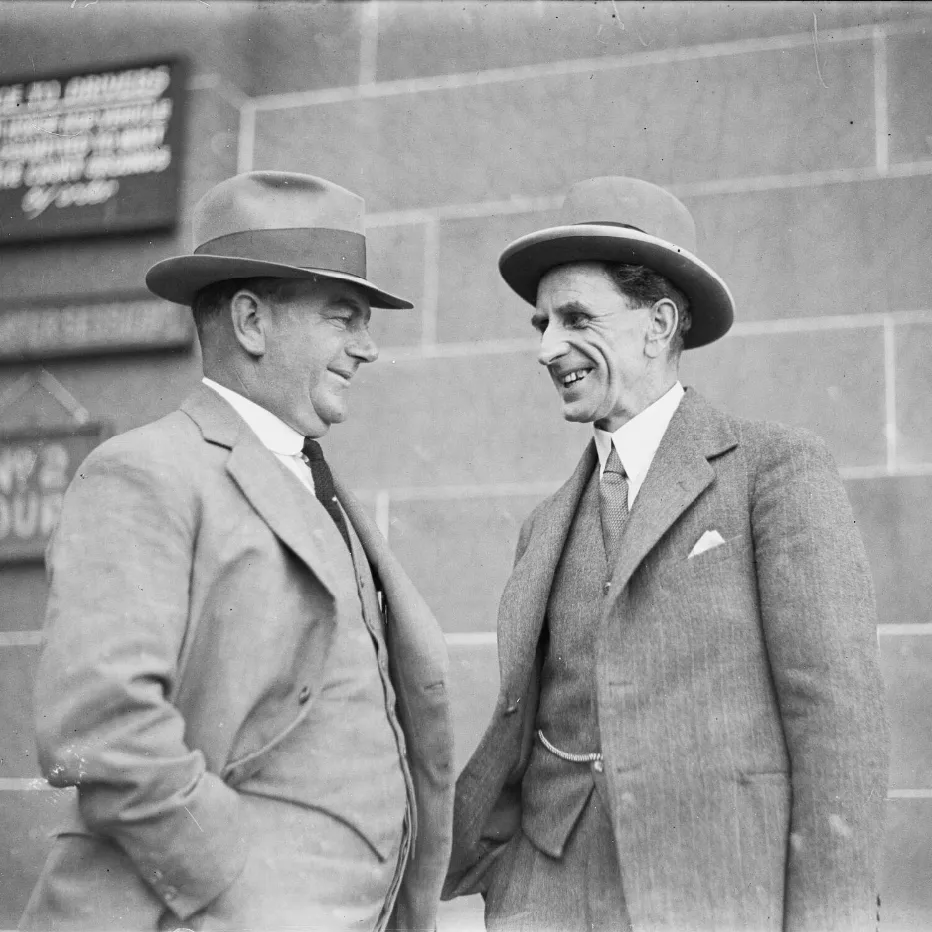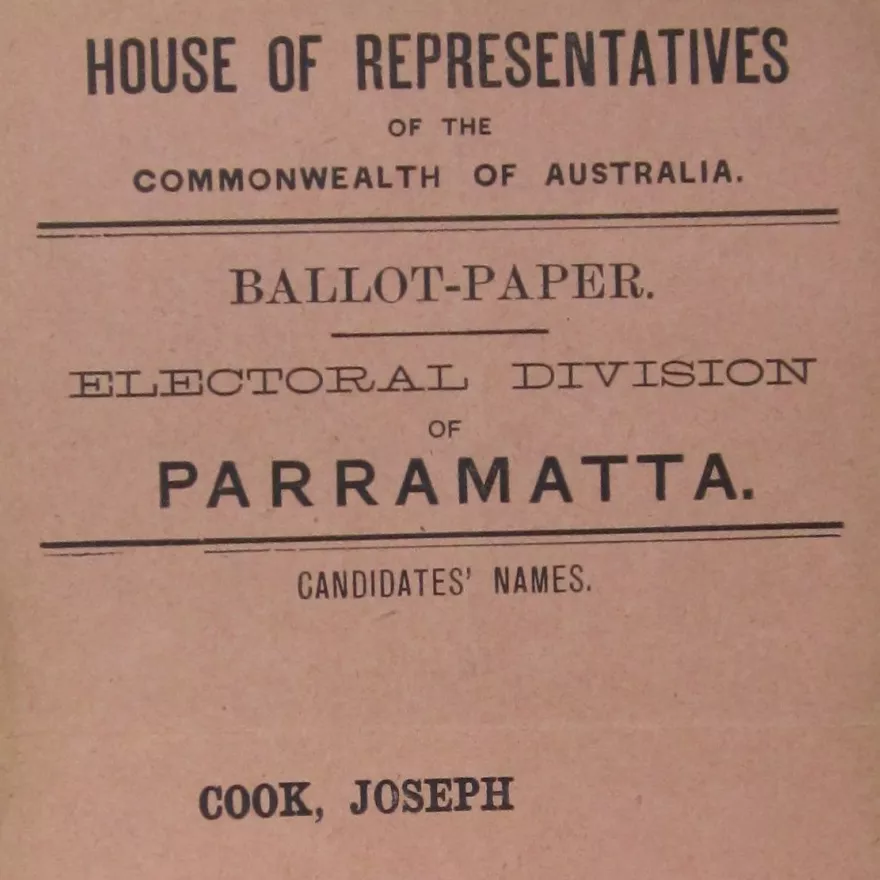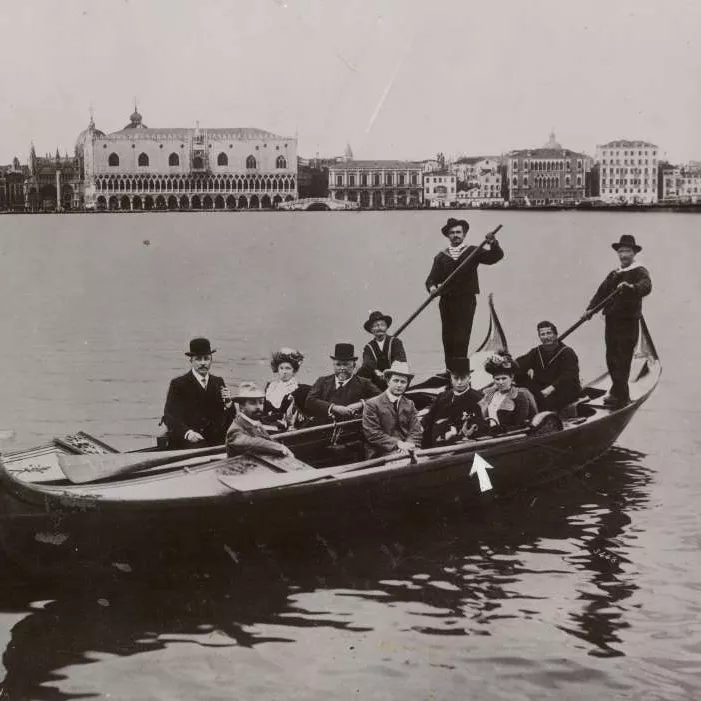The man who became King but never saw his coronation
- DateWed, 20 Jan 2016
At first glance this mug looks perfectly ordinary but this object has an extraordinary story to tell.
It was produced for an event that would never be held; to honour a king whose brief reign was dominated by a scandal that would never end. In 1936 Australians witnessed the battle of their constitutional monarch to keep both his throne and the love of his life against overwhelming opposition.
This mug was produced in 1936 to mark the coronation of Edward VIII. Earlier that year, George V had died after a reign of more than a quarter of a century. His son and successor Edward, Prince of Wales, was reasonably well known in this country having visited Australia as part of a three-month goodwill tour in 1920 to thank Australians for their participation and sacrifice in the First World War. The handsome Prince, who had served in the war as a pilot and frequently visited the front, earned the nickname ‘The Digger Prince’. Australians gave the Prince an enthusiastic welcome and loved their king-to-be. They weren’t the only ones. He was the most-photographed person of his era, the archetypal royal celebrity. When this mug was produced, it was in the expectation that King Edward VIII would enjoy a long reign.
Edward VIII was effectively King from the moment his father was pronounced dead on 20 January 1936. As they say, ‘The King is dead. Long live the King.’ However, the coronation is an important official ceremony, usually held within a year or so of the monarch’s accession to the throne. The ritual and ceremonial practices symbolise the monarch’s spiritual role (monarchs are traditionally anointed and crowned by the Archbishop of Canterbury) and serves as a kind of public investiture, in which the monarch takes an oath to his or her kingdom and subjects. The coronation of Edward VIII would, no doubt, have been a very grand affair but circumstances intervened.
After becoming King, Edward’s personal life came to dominate the newspaper headlines and British politics. The newly-minted King was deeply in love with American Wallis Simpson and wanted to marry her. Mrs Simpson, however, was twice-divorced, and the political class in both Canberra and London were in agreement; the King could not be permitted to marry someone who had been divorced, let alone divorced twice. Divorce was a taboo subject in Britain; though legal, it was generally frowned upon, especially by the Church of England, and the Church did not permit people to remarry if their former spouse was still alive. As King Edward VIII was also the official head of the Church, marrying someone who had been twice divorced was totally unacceptable to the clergy as well as most of the British government and many British and Australian citizens.
Most of the British establishment believed the King had to choose between Wallis Simpson and the crown. Debate on the point in Australia, however, was very limited. The government made no public comment about the crisis until after the King eventually abdicated in December 1936. For most Australians, the abdication was shocking. They had read about Mrs Simpson in the newspapers and heard about her on the radio, but few could have imagined that the man who had waited so long to ascend the throne would give it up even before the coronation.
And what of the coronation mugs and all the other countless souvenirs that had been manufactured? Thousands of mugs had already been bought by keen royal watchers as souvenirs and mementoes in readiness for Edward VIII’s coronation on 12 May 1937. They were destined to become collector’s items, symbols of the decision that a King took to follow his heart.
New mugs were produced for the coronation of George VI (Edward’s brother Albert) and Queen Elizabeth on the same date. The replacement mug is also in the Museum of Australian Democracy collection. The erstwhile monarch was made Duke of Windsor, with Wallis Simpson his Duchess.
The coronation mug for Edward VIII is only superficially a piece of domestic tableware. In its materiality it represents the constitutional role that the monarchy plays in Australia’s democracy, the status of the monarch as figurehead, cultural icon and celebrity and, in this case, the role that two Australian leaders played in the abdication of a King.
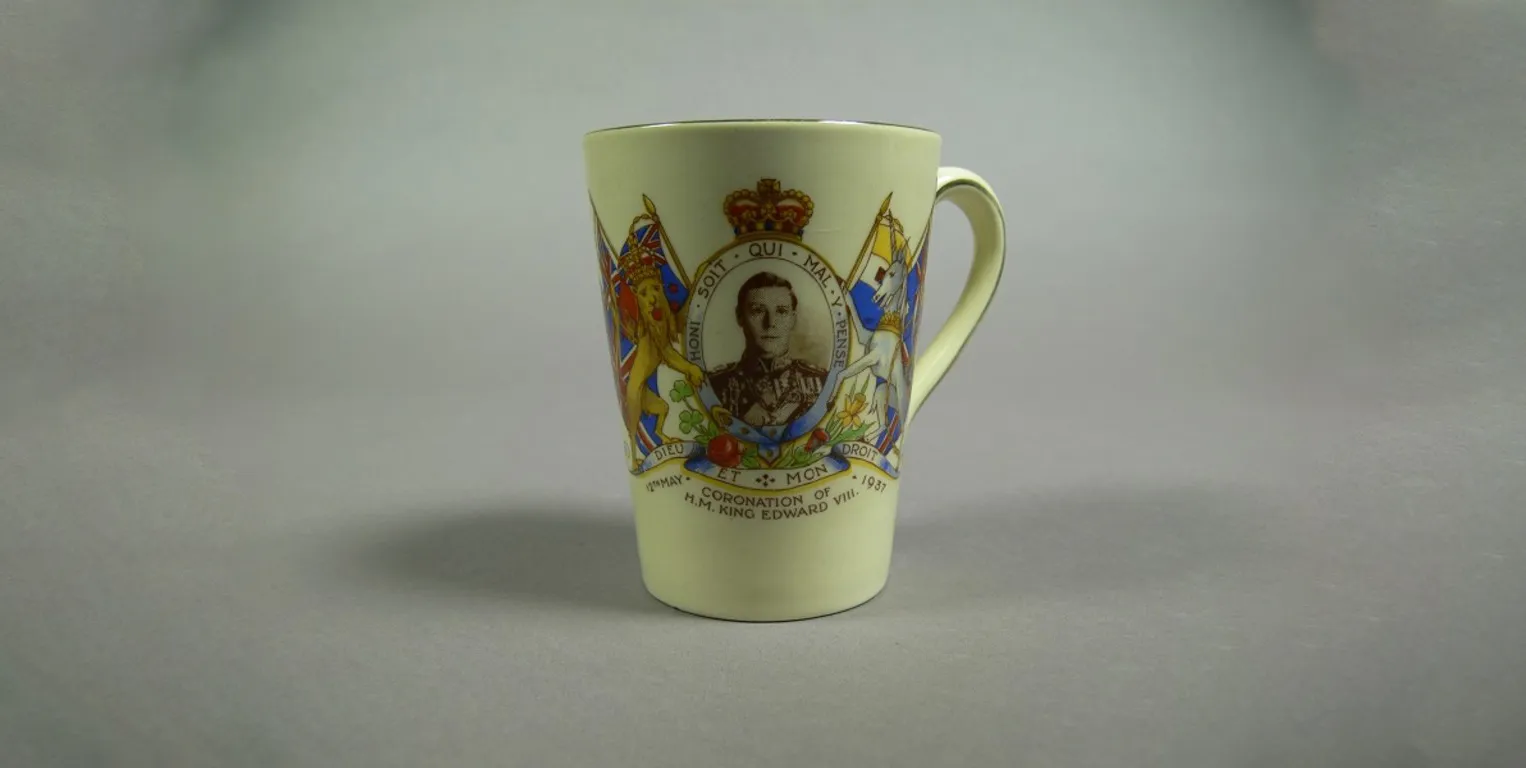
This coronation mug was produced for Edward VIII’s big day, an event which never came due to a scandal that cost him the crown.

